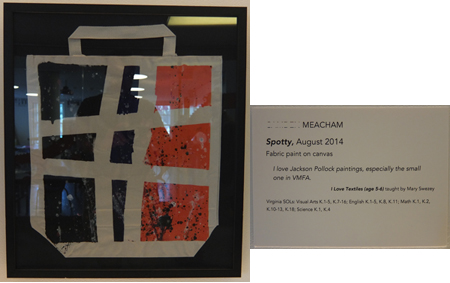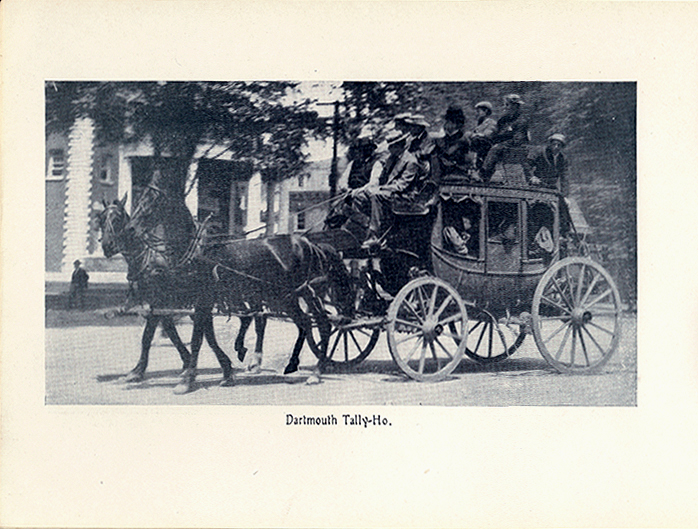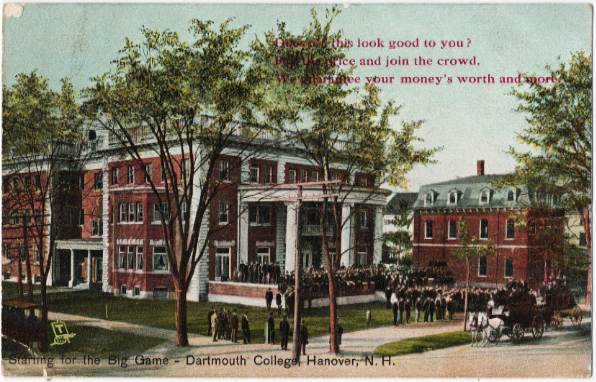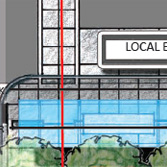Last week, writes Dartmouth Now, the board:
approved a capital budget of $83 million to fund a number of projects, including strategic investment in shaping Geisel’s future, and renovations of the Hood Museum of Art and the Moosilauke Ravine Lodge.
The Hood info is finally up at the TWBTA site. Ignore the thumbnail images and view the slideshow, which includes floor plans and larger images. The site plan indicates that the landscape design is by Hargreaves Associates. The expansion video at the Hood’s website give a glimpse of an interesting architectural model.
The lobby image at the firm’s site not only shows the palette of the spare space (a cool vitreous? gray brick on the outer walls, granite or other stone floor, and white plane ceiling) but gives a glimpse into the old museum — the far wall is the partly-covered, partly-revealed exterior of Hood at its dramatic stair.
The firm’s site describes this space:
An atrium above the flexible lobby space connects the museum and Bernstein Center, creating an open, accessible space for the entire Dartmouth community. Active and filled with light, it can be used for installation art, performances, and digital programming while simultaneously providing a place for students to study and learn.
This is the Google Street View of this future lobby space. It is a pity the super po-mo concrete window surrounds can’t be preserved, though.
Two interesting little restoration projects could be part of this expansion. One is the south end of Wilson, where the connection is being severed. Similar infill is depicted in the east side of the Hop where the connections — the iconic gateway and bridge — are being removed. The images give little idea of whether the goal will be to match the existing historic fabric, or do a simple fix, or make the new work stand out from the old.



